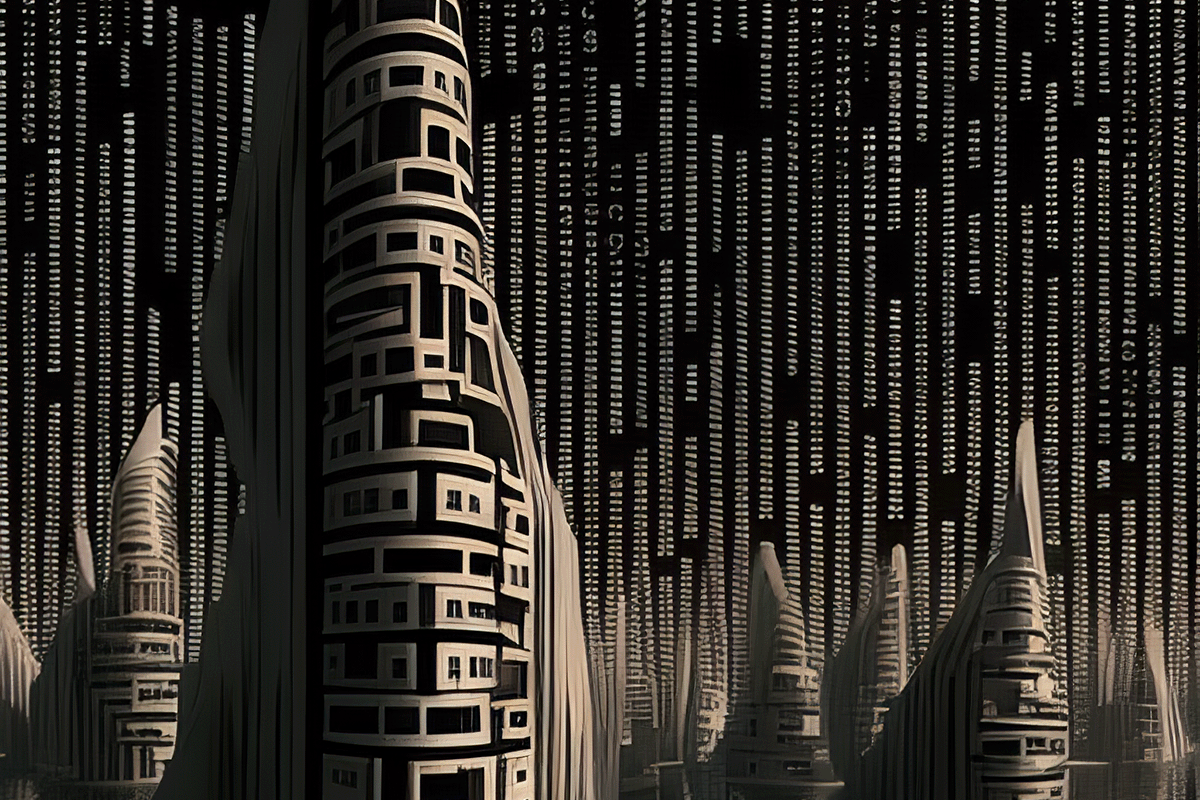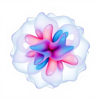Discover AI Image Generators and How to Use Them to Create Stunning Visuals Faster
- 7 minutes read - 1451 words
Table of Contents
Are you a creative looking to take your artistic abilities to the next level? If so, Artificial Intelligence (AI) image generators could be your perfect tool.
AI image generators are constantly evolving and becoming even more advanced – helping creators make stunning visuals faster.
In this beginner’s guide to AI image generators, we will explore what these tools do and how they can help kickstart your next project! Understanding how these tools work gives you the information to decide if investing in an AI Image Generator suits your needs.
What are AI Image Generators, and How Do They Work
Artificial intelligence (AI) image generators are a revolutionary technology that utilizes machine learning algorithms to create incredibly realistic images that did not exist before.
These generators are designed to create images that resemble real-life scenarios, people, or objects, based on the data they have been fed. There are different AI image generator technologies, also called AI model architecture :
- GAN
- Diffusion based
- Transformer based
As of writing, all of these approaches do look as if they have a bright future. In other words: you should look at all of these technologies.
GAN
Generative adversarial networks (GANs) are a type of deep learning model that consists of a generator and a discriminator neural network. The generator creates new images, while the discriminator tries distinguishing between the generated and real images. The goal is to improve the generator’s ability to create realistic images and the discriminator’s ability to differentiate between real and generated images. The three main components of a GAN-based AI image generator are the generator model, discriminator model, and loss function. The goal is to create new images indistinguishable from real images for various applications.
Diffusion based generators
Diffusion-based models are generative models used in deep learning based on simulating a physical system’s dynamics. These models generate samples by simulating the evolution of a stochastic process over time.
In a diffusion-based model, an initial random noise vector is transformed by a series of diffusions, where each diffusion step adds some noise to the previous output. This process continues for several iterations until a final result is generated. The diffusions are typically controlled by hyperparameters determining the degree of randomness and correlation between the steps.
Transformer-based image generators
Recent research has explored transformer-based models , initially developed for natural language processing for image generation. The ViT (Vision Transformer) model is an example of a transformer-based model that can generate high-quality images.
It applies the self-attention mechanism to image patches, allowing it to attend to different parts of the image and capture long-range dependencies. The ViT model has achieved state-of-the-art performance on image classification benchmarks, and research has also explored its potential for generating images from textual descriptions.
Combining the ViT model with other generative models, such as GANs, has also shown promising results. Although transformer-based models for image generation are a relatively new area of research, they are likely to continue being actively explored.
Benefits of Using AI Image Generators
Artificial intelligence (AI) image generators have become increasingly popular in recent years due to their numerous benefits:
Time and resource-saving: AI image generators save time and resources that would otherwise be spent manually creating original, high-quality images.
Production of large volumes of images: With AI image generators, businesses can quickly and easily produce large images for various marketing and advertising purposes or storytelling.
Automated Image generation: Creating images automatically using text prompts and APIs is possible.
Personalization and customization: AI image generators enable businesses to personalize and customize images to suit different targets and demographics, enhancing customer engagement and improving brand recognition.
Cost-effective solution: AI image generators offer a cost-effective solution for businesses, eliminating the need for hiring costly professional graphic designers.
Overall, the benefits of using AI image generators cannot be overstated. They have proven to be a valuable tool in the growth and success of businesses across various industries.
Setting Up Your AI Image Generator process
The demand for unique and engaging images rises as the world becomes increasingly digital. One solution to this need is an AI image generator.
Setting up an AI image generator can be daunting, but numerous benefits exist.
With the right tools and know-how, you can create images that stand out from the crowd and capture your audience’s attention. By carefully selecting your image generation software and implementing it effectively, you can quickly streamline your design process and create a visually stunning project.
So whether you’re a small business owner or a freelancer looking to expand your portfolio, an AI image generator can be a valuable tool in your arsenal.
Prompting for Creating High-Quality Images with an AI Image Generator
With the advent of AI image generators, creating high-quality images has become easier than ever. However, achieving truly exceptional results requires understanding the nuances of the technology. AI image generators do use so-called “prompts.“ Different AI image tools do interpret the same text prompt differently.
Firstly, selecting an appropriate image style (futuristic, cubistic, etc.) and aspect ratio (1:1, 16:9, etc.) is crucial. This should be determined by considering the purpose of the image and the platform on which it will be displayed.
Secondly, focus on the composition of the image. A well-composed image captures the viewer’s attention and draws them into the scene. It helps to study existing prompts to learn how to communicate with the AI.
Lastly, use the available editing tools to fine-tune the image and make minor adjustments to achieve the desired result. With these tips, anyone can create professional-quality images with an AI image generator.
Common Challenges Faced While Using an AI Image Generator
As technology evolves, artificial intelligence is becoming increasingly prominent in image generation.
While AI image generators offer significant benefits such as efficiency and cost-effectiveness, users face some common challenges. One of the biggest challenges is carefully calibrating the generator’s parameters, especially for Stable Diffusion.
This requires a thorough understanding of the generator’s capabilities and limitations and an ability to fine-tune the settings to achieve the desired output. Learning to prompt requires understanding how AI operates; prompting is a part of this process. Each AI model behaves differently, and even a new version of an AI image tool might force you to redevelop your prompting skills.
Additionally, there can be issues with accuracy and coherence, which can be problematic when generating complex images. The image you envisioned and formulated as a prompt might not resemble the output of the AI. There is always room for surprises; learning to deal with these surprises is part of the experience.
Despite these challenges, AI image generation continues to offer exciting possibilities for the future of image creation and communication.
The Future of AI Image Generators
As the field of artificial intelligence continues to advance, the future of AI image generators looks promising. Even when pending lawsuits against companies developing AI image models are considered.
These generators have already made significant strides in their ability to create realistic and high-quality images.
However, there is still much more to come as researchers and developers work to improve the algorithms and capabilities of these systems. There is a continuous stream of innovations in AI Image Generators.
Conclusions
Using an AI image generator to create images can be an excellent choice for those looking for high-quality images quickly and easily.
Benefits include automated processes, enhanced precision, and improved efficiency. However, there are some challenges when setting up the generator or producing images. Remembering these common challenges is vital to success when working with this technology.
As the capabilities of AI image generators continue to grow, they will be able to offer users more personalized and creative experiences while also speeding up the production time of digital content.
AI image generators are a fantastic tool enabling content creators of all levels to elevate their work and innovation.
Sources:
- https://arstechnica.com/information-technology/2023/01/artists-file-class-action-lawsuit-against-ai-image-generator-companies/
- https://aiartists.org/ai-generated-art-tools
- https://machinelearningmastery.com/what-are-generative-adversarial-networks-gans/
- https://www.assemblyai.com/blog/diffusion-models-for-machine-learning-introduction/
- https://huggingface.co/docs/transformers/model_summary


